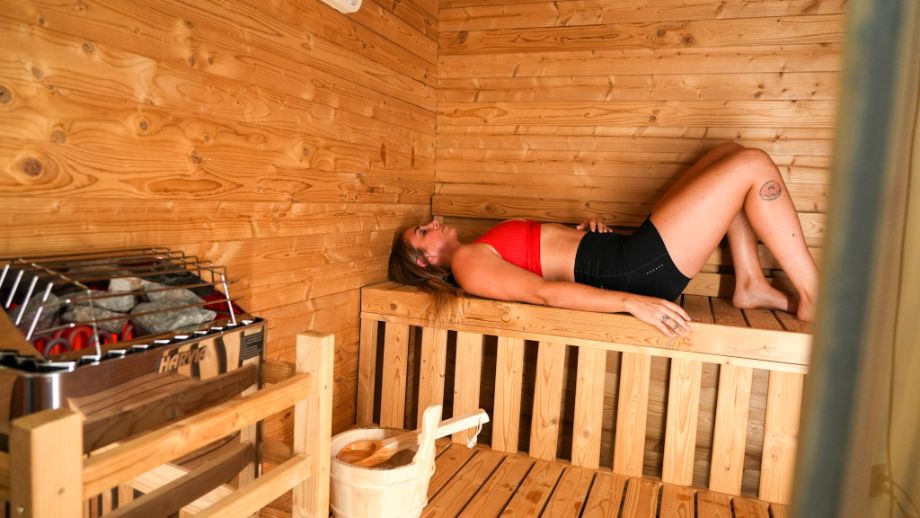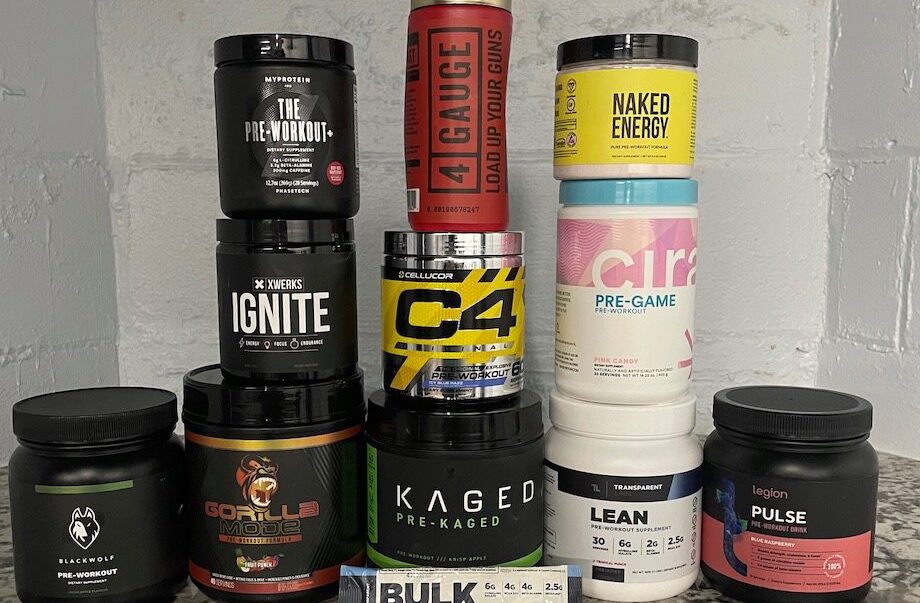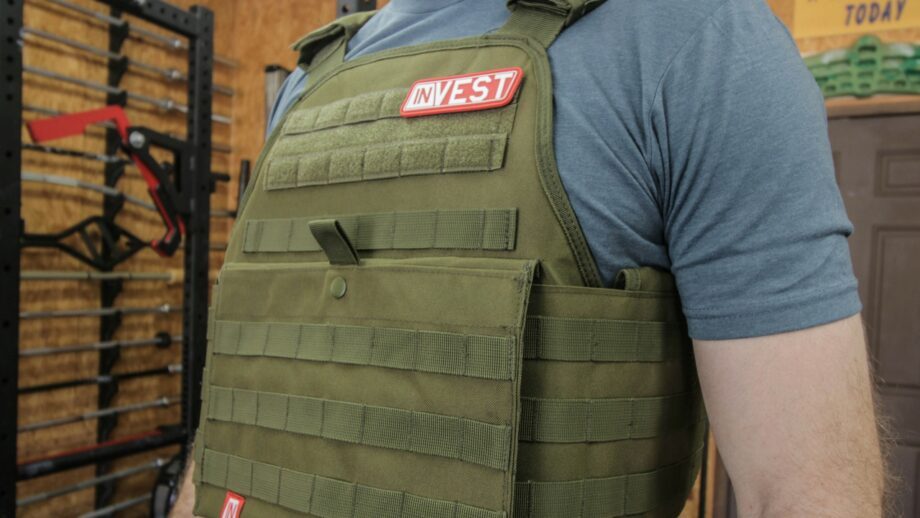Sauna bathing, a tradition that originated in Finland, Norway, and other parts of Europe, has become increasingly popular within the health and wellness community. In fact, many fitness enthusiasts have upgraded their recovery routine by investing in one of the best home saunas. This rise in global interest isn’t surprising, considering an August 2018 Mayo Clinic study1 found regular sauna practice can decrease the risk of vascular diseases and arthritis, and may help improve immune system functionality.
Saunas are a unique construction puzzle: They must be heat- and moisture-resistant, and the outside should withstand sub-freezing temperatures, depending on where you live. This means you want to choose high-quality wood with insulating properties when you build your sauna, whether working on a DIY sauna, choosing a pre-made sauna on the market, or working with a company on a custom build. So, what is the best wood for saunas?
There are many choices when looking for a home sauna experience: an infrared sauna or traditional sauna, an indoor sauna room built into your home or a freestanding outdoor sauna, and (of course) what type of wood you should use for your sauna. I’m a Nordic sauna guide, and for this article, I’ll look at the many options to help you decide which is the best wood for your sauna.
RELATED: A Brief Look at the History of Saunas
How Are Saunas Made?
There are several ways to craft a sauna, so it depends on the type of sauna you’re building. In North America, you can expect a small room consisting of a few sauna benches, usually one low and one high, as well as a sauna heater (either an electric heater or a wood-burning stove) that heats a thermal mass. Most frequently, the thermal mass is a large cluster of rocks surrounding the heat source—be it electric or wood-burning.
Common Types of Wood Used in Saunas
Consider sitting on a sidewalk on a hot day versus sitting on a wooden bench—the sidewalk will be too hot to sit on for long, which is why wood is considered the best material for building a sauna. Wood naturally heats a room softly and, depending on the type of wood you select, it can give off a pleasant odor when heated. Wood is also naturally moisture resistant—an important consideration when using steam in your sauna.
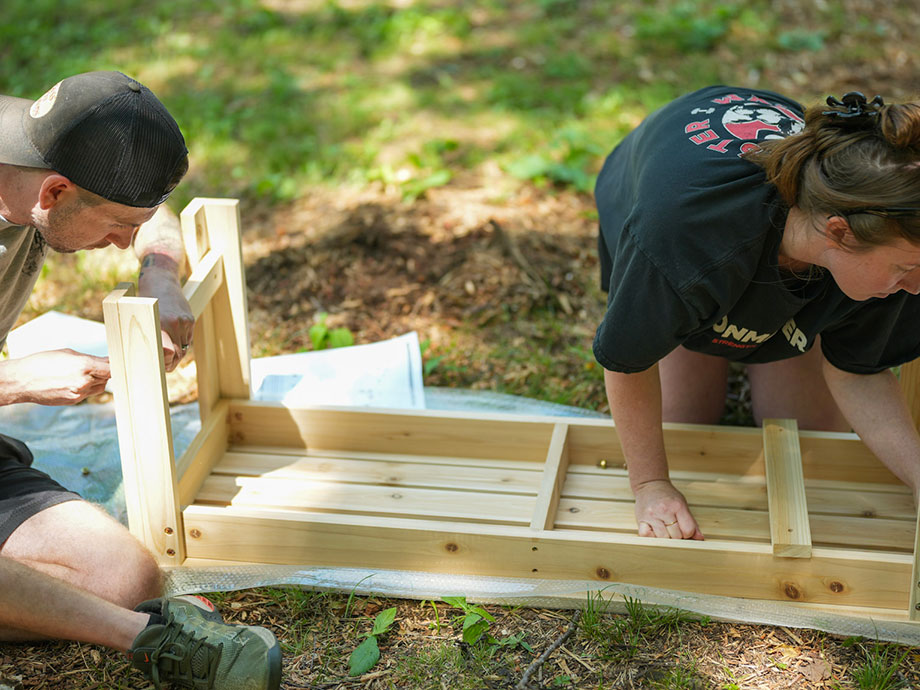
Your choice of wood makes a big difference in your sauna experience. Many kinds of wood are appropriate for sauna use, from cedar to eucalyptus, aspen, hemlock, and beyond. The right wood for your sauna depends on your budget, aesthetics, and location. You’ll also want to choose something durable that can withstand high temperatures and is knot-free.
In the next section, I’ll describe the benefits and drawbacks of each type of wood commonly found in home sauna construction.
RELATED: 6 Dry Sauna Benefits
Cedar
Cedarwood, particularly western red cedar and northern white cedar, are woods seen frequently in saunas in North America. Cedar is a popular choice for saunas because of its relative affordability, pleasant odor, and pleasing look. Something to consider is that cedar isn’t hypoallergenic, and some may experience asthma-like symptoms when they come in contact with it.
Hemlock
Hemlock is similar to cedar in terms of durability and moisture resistance. Aesthetically, hemlock is lighter in color than the classic red hues of American and Canadian cedars. While hemlock is considered to be “scent-free,” there are reports of some folks finding hemlock to have a slightly sour scent.
Aspen
Many European countries prefer aspen wood for the interior of their saunas. However, aspen should be thermo-treated—specifically for sauna building—before construction, which is a process that can increase the longevity of this otherwise less-durable wood. Aspen is lighter in color, and many sauna builders use it for their interior sauna walls.
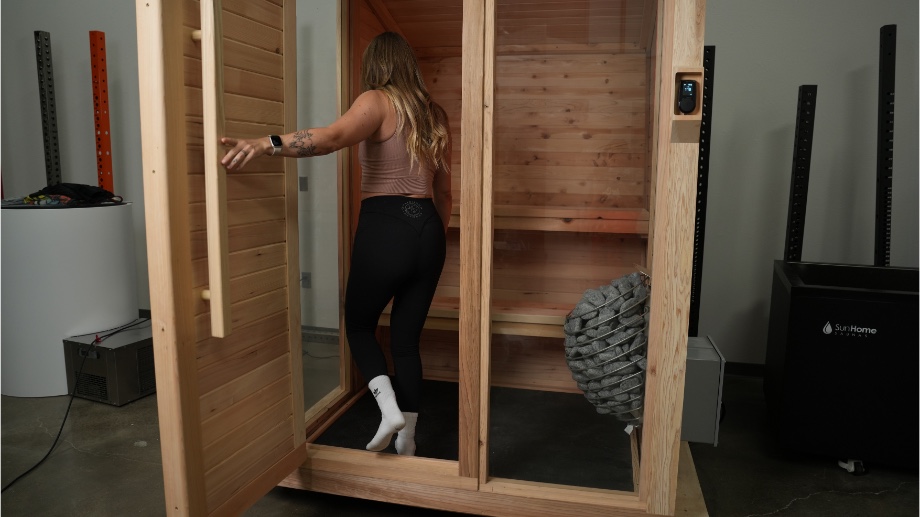
Alder
In Norway (and other parts of Scandinavia), alder is a popular choice for building saunas. Much like aspen, alder is lacking in the durability department, but when thermally treated before building, it can last as long as spruce.
RELATED: The Top Benefits Of Sauna After Workouts
Spruce
Many Finnish saunas—touted as the sauna standard due to their long history with sauna traditions—are made using Nordic spruce wood. While cedar is readily available across the United States and Canada, it’s not a tree found in Europe. While spruce isn’t quite as durable as cedar, it’s similarly thermally suited since it won’t conduct heat like harder woods, keeping that heat inside your sauna where it belongs.
Pine
Pine is king for affordability but less popular due to the presence of knots—you’ve probably heard the term “knotty pine.” Additionally, while pine also has a pleasant odor, it’s lacking in the durability department and more likely to begin showing signs of early wear and decay.
Basswood
Also known as the linden tree, basswood is technically a “soft hardwood.” Many sauna builders in the United States and Canada use basswood as an alternative to cedar due to its scentless nature and hypoallergenic qualities.
Eucalyptus
This Australian tree—preferred by koalas—now grows in many places across the globe and is a stunning wood with beautiful grain. While eucalyptus can be an excellent choice for a sauna, many sauna builders will find the price point of this wood to be higher than they’d prefer.
How To Choose the Best Wood for Saunas
Consider your budget, aesthetics, climate, potential allergies, and where you’ll place your completed sauna—indoors or outdoors—when choosing the best wood for your design. It also has to pass your personal sniff test. That said, cedar is one of the more popular woods used for sauna building in North America, while spruce is more prevalent in Europe.
Let’s dive a little deeper into some key factors worth considering as you determine which wood to choose.
Resin/Sap Content
Woods with naturally low resin (sap) content can provide a safer, more comfortable sauna experience. Excess resin can stain benches, attract dirt and debris, and create hot spots that irritate your skin. This excess sap may also emit strong odors when heated, which some people find unpleasant.
Species like aspen, alder, hemlock, and basswood are popular because they’re low-resin woods that feel “dry” to the touch. If you’re considering pine or spruce, look for clear, knot-free boards that minimize pitch pockets—cavities in the wood that contain solidified or liquid resin.
Stability Under Heat
Sauna woods must endure major shifts in heat and humidity. Stable species can resist swelling, shrinking, and internal stresses that can loosen fasteners (the specialized hardware used to assemble the sauna’s structure) or cause joints to open over time. Aspen, alder, hemlock, and Nordic spruce are known for staying flat throughout these changes in temperature and humidity.

Thermal Conductivity
You want wood that insulates well so the benches and backrests stay comfortable against your skin. Low-density, fine-grained softwoods generally have lower thermal conductivity (a material’s ability to conduct heat) than denser woods, so they warm evenly without feeling overly hot to the touch. This can also reduce the risk of surface burns, making it easier to kick back and relax for longer sauna sessions.
Durability
Heat dries wood and can accelerate checking (also known as surface cracks), especially if the species is brittle. For maximum durability, aim for woods commonly used in sauna benches and paneling such as cedar, hemlock, alder, aspen, or spruce. Benches naturally get the most wear, so choose the most durable boards to enhance your sauna’s longevity.
Low Odor
While some may love the natural aroma of cedar, others can find it overpowering, especially when you’re sitting in a hot, enclosed space. If you or your sauna partners are sensitive to odors, choose neutral-scent woods like aspen, alder, basswood, or hemlock for benches and backrests. These woods are also less likely to trigger allergies because they have fewer extractives and oils.
If you still want a hint of fragrance, use aromatic species in small amounts or on non-touch surfaces. Some sauna manufacturers also sell aromatherapy diffusers that you can hang inside during your sweat session.
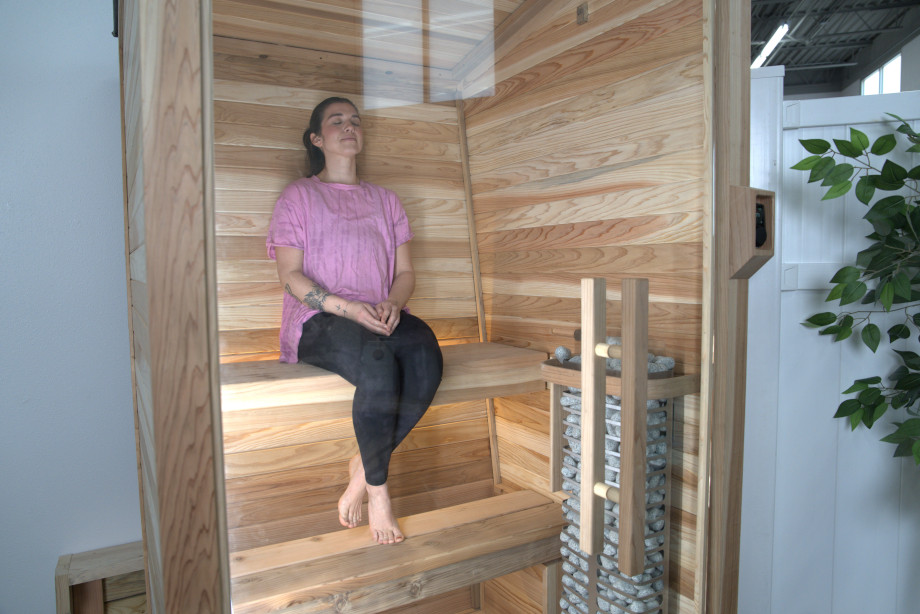
Cost and Availability
Your best choice is often whichever sauna-grade wood you can find locally. Location plays a role here, as cedar may cost more in some regions while aspen or spruce might be cheaper in areas where they’re more abundant. I recommend buying a little extra to keep on-hand (if you have the available storage space) in case of future repairs, especially to ensure the replacements match seamlessly.
Woods to Avoid
Just like not all gauges of steel can support maximum loads across the best squat racks, not every type of wood can handle the extreme heat and moisture of a sauna. When heated, some woods can release chemicals, ooze sap, or become dangerously hot to the touch. Others simply don’t last long under sauna conditions. As a rule of thumb, avoid any treated, engineered, or high-resin wood. Here’s a quick list of species to steer clear of for added clarity:
- Pressure-treated lumber: Contains chemicals and preservatives that can release toxic fumes when heated
- Plywood or particleboard: Made with glues and adhesives that can break down when exposed to high temperatures
- Douglas fir or spruce framing lumber: Often has many knots and high resin content that can leak when heated
- Oak or other dense hardwoods: Can quickly become uncomfortably hot to the touch
- Tropical hardwoods: Naturally oily, stain easily, can have a strong odor, and retain too much heat
RELATED: How to Clean Saunas
What Wood Should I Burn In a Sauna?
Now that you’ve chosen the wood to build with—what kind of wood should you burn in your sauna? If you’re using an electric stove, this issue won’t apply to you, but if your stove is wood-fired, the type of wood you use matters! Here are a few things to consider when choosing the fuel supply for your sauna.
Locals Only
First and foremost, only use locally-sourced wood. Pests thrive in dried wood, and you could introduce an invasive species if you order wood online that gets shipped from far away. Selecting kiln-dried firewood is also preferable to help stop the spread of pests.

Hardwood vs Softwood
Hardwood—often from deciduous trees like maple, oak, and birch—burns longer. So, if you want a fire that lasts for a long time, then opt for hardwood fuel sources. Softwood—from coniferous trees like pine, cedar, and spruce—will burn faster, making it better for starting a fire and getting it up to temperature quickly. It’s worth noting, however, that softwood will need frequent refueling if you want a longer sauna session.
Starting and Maintaining
You may consider using different woods, or at least different sizes of logs, when starting the fire and aiming to increase the temperature. Small, drier pieces of wood burn faster than their larger counterparts, and softwood will burn faster than hardwood, creating quick bursts of heat. This can be particularly useful in the colder months if you’re getting your sauna up to temp from at- or below-freezing temperatures.
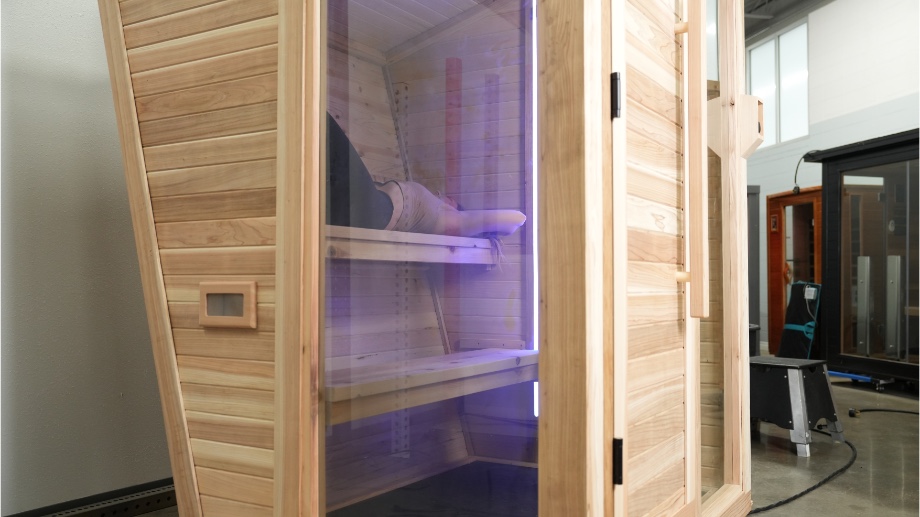
I like to have several small, dry pieces of pine or fir when I’m starting my fires, and once I’m up to temp, I switch to larger pieces of maple or birch.
RELATED: Best Recovery Tools
Sauna Maintenance
When you invest thousands of dollars in your recovery routine, you want to enjoy the benefits as long as possible. Here are a few actionable sauna maintenance tips to follow that can extend your sauna’s lifespan and preserve its performance.
How to Care for Sauna Wood
After each session, open the door and allow the room to dry fully so there’s no lingering moisture. Wipe the benches and backrests with a damp cloth to remove sweat and oils. When needed, lightly scrub high-use areas with a soft brush and a mild solution, such as water with a small amount of baking soda. We also recommend placing washable towels or bench covers on the seating area to keep oils off the wood and extend the time between more laborious cleaning routines.
When to Replace Elements
Even high-quality saunas may require swapping out parts over time. If you notice any cracks, softness, or splinters in the bench slats or backrests, you’ll want to replace them for both safety and comfort. If you notice dark staining that returns immediately after cleaning, that likely means the wood is saturated with body oils and needs replacing. Keep in mind, too, that the floor duckboards and lower trim typically wear out quicker than other elements due to how much sweat and moisture they absorb.
Finishing Options
Both the benches and the backrests are best left unfinished so the wood can breathe naturally. However, if you choose a finish, use only sauna-safe, heat-tolerant products on a non-touch surface. Avoid film-forming varnishes, polyurethanes, and standard stains, as they can become sticky or produce dangerous fumes when heated.
Best Wood for Saunas: Final Thoughts
When choosing the best wood to build your sauna, you’ll want to consider price, aroma, quality, moisture resistance, and durability. With the above guide, I hope you have the insider knowledge needed to help you select the best wood for your ideal sauna experience.
Best Wood for Saunas: FAQs
Can you DIY a sauna?
Building saunas is a massive undertaking but is completely within the realm of possibility for DIY enthusiasts! Just be sure to research the best sauna construction practices before diving in.
Is cedar or pine better for saunas?
While pine is a very affordable option for a wood sauna, it often has more knots than cedar. Cedar is also known to be more durable than pine and is likely to last much longer.
How do you keep sauna wood from rotting?
Selecting a quality wood for sauna building is your first step in preventing the wood from rotting. If you’re using less-durable wood like aspen or alder, treat it with the necessary thermal processing before building. Finally, ensure the longevity of your sauna by taking the time to dry the sauna walls and benches after each use, simply by using a towel to remove excess water or sweat.
References
- Laukkanen, J. A., Laukkanen, T., & Kunutsor, S. K. (2018). Cardiovascular and Other Health Benefits of Sauna Bathing: A Review of the Evidence. Mayo Clinic proceedings, 93(8), 1111–1121. https://doi.org/10.1016/j.mayocp.2018.04.008




